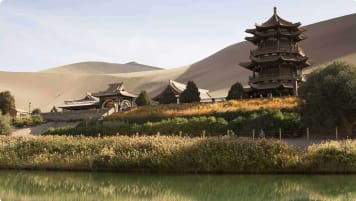Exploring Kazakhstan, the "Land of Wanderers"
Exploring Kazakhstan. “Land of Wanderers” Kazakhstan is the ninth largest country in the world and covers a landlocked area bigger than all of Western Europe. But unlike Europe, it does not figure prominently in the…
19 Nov 18 · 10 mins read
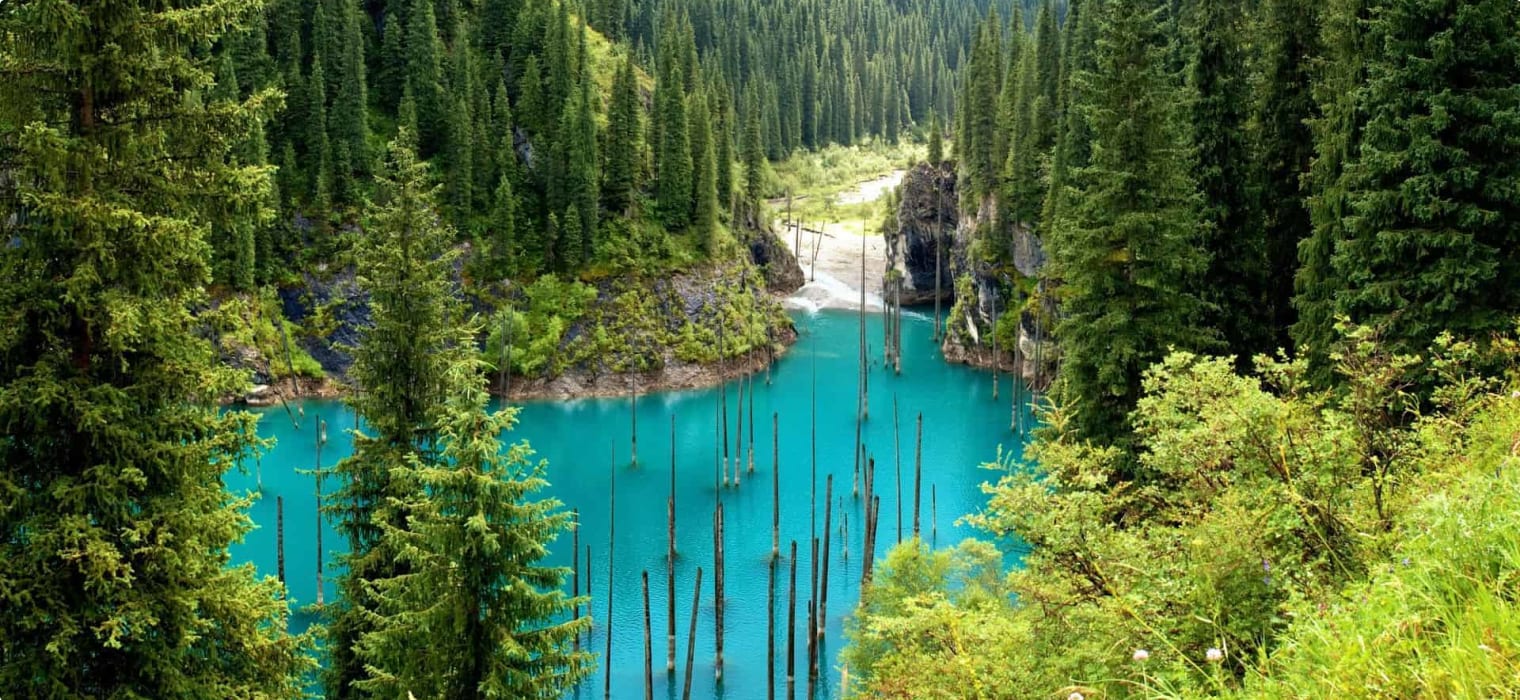
Exploring Kazakhstan. “Land of Wanderers”
Kazakhstan is the ninth largest country in the world and covers a landlocked area bigger than all of Western Europe. But unlike Europe, it does not figure prominently in the lists of places to visit for international travellers. In 2014, the share of tourism in the country’s GDP was a tiny 0.3%, which Kazakhstan hopes to raise to 3% by 2020.
It is also a bit unfortunate that the most lasting imprint Kazakhstan has made on popular culture and global imagination was by way of British comedian Sacha Baron Cohen’s 2006 satire film, Borat: Cultural Learnings of America for Make Benefit Glorious Nation of Kazakhstan. Cohen’s mockumentary about a Kazakh reporter named Borat Sagdiyev pokes fun at Western (particularly British and American) bigotry and isolationism but has also, as is often the case with satire, led to some audience members believing and accepting that the attitudes and locales shown onscreen is that of the “real” Kazakhstan. As Yerlan Askarbekov writes in 2016, “the only thing accurate about Kazakhstan in this film is the country’s position on the map.”
It wasn’t all bad: Askarbekov also relates that (quoting then Kazakstan foreign affairs minister Yerzhan Kazykhanov) following the film’s release, Kazakhstan increased the number of visas it issued “by 10 times”.
In this article, we will look at Kazakhstan’s history and must-see sites that will surely make you want to visit this Central Asian country, with or without Borat’s help.

“Land of Wanderers”
Kazakhstan is bounded on the north by Russia, on the east by China, on the south by Kyrgyzstan, Uzbekistan, Turkmenistan, and the Aral Sea, and on the southwest by the Caspian Sea. A “landlocked” country means a country with no direct access to oceans or ocean-accessible sea such as the Mediterranean, which makes Kazakhstan landlocked even though it has access to both the Aral and the Caspian. Its landscape is dominated by the Kazakh Steppe, a belt of dry grassland which covers a third of the country and which is connected to the vast Eurasian Steppe that extends from Hungary in the west to Manchuria in the east.
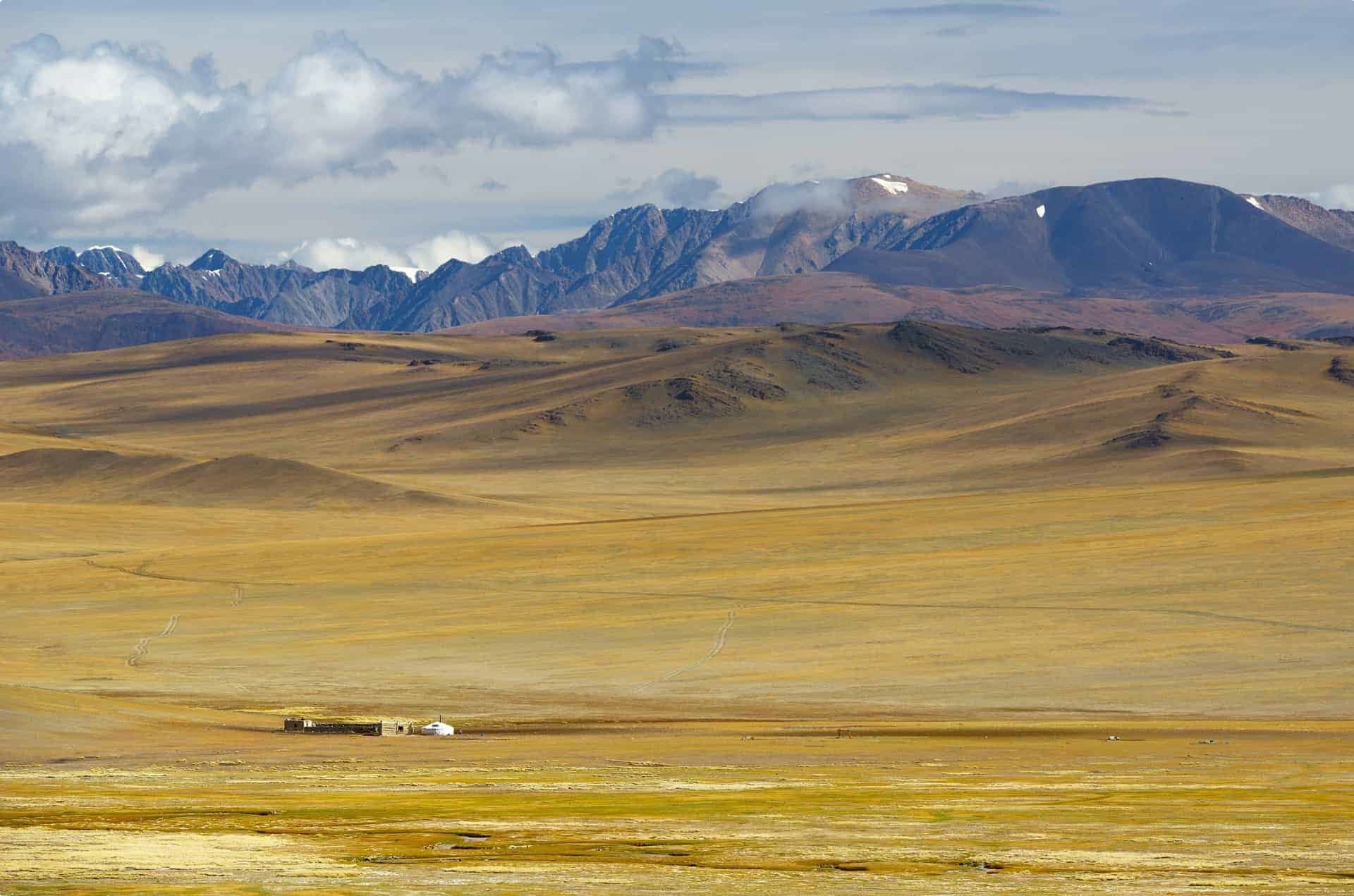
There is no consensus among scholars about the etymology of the word “Kazakh”, but one theory says it comes from the ancient Turkic word qaz, which means either “to wander” or “to conquer”, which may also be the root of the word “Cossack”, referring to a member of self-governing military societies south of Russia. (Omeljan Pritsak discusses the etymology in more detail in “The Turkic Etymology of the Word ‘Qazaq’ ‘Cossack'” published in Harvard Ukrainian Studies.) The Persian suffix -stan means “land” or “place of”, so Kazakhstan can translate to “land of the wanderers” or “the land of conquerors”.
Kazakhstan under the Mongolian Empire
Looking at Kazakhstan’s ancient history, it was indeed a land of wanderers and conquerors. It was in the steppes of Central Asia where man first tamed wild horses (based on 5,500-year-old findings of horse fossil in northern Kazakhstan) for speedy transportation, and used its meat and milk for sustenance. Horse meat and milk are ingredients that can still be seen in modern Kazakh cuisine.
In the early centuries (1st to 8th centuries) nomadic tribes invaded and settled in what is now Kazakhstan and Central Asia. Islam was introduced to the region when the Arabs arrived in Central Asia in the 8th century. Islam remains the religion practised by a big majority (more than 70%) of Kazakhstan’s population.
In 1219, the region was engulfed by Genghis Khan’s vast empire, which at the height of its power covered 23 million square kilometres (9 million square miles), stretching from the Pacific Ocean in the east to the Persian Gulf in the west. In 1259, the empire fractured into four territories: the Golden Horde in the northwest, the Chagatai Khanate in the middle, the Ilkhanate in the southwest, and the Yuan dynasty in the east based in modern-day Beijing. Kazakhstan fell under the polity of the Chagatai.

The Kazakh Khanate
A group of 200,000 nomads became increasingly dissatisfied with the rule of the Uzbek khan Abū al-Khayr (whose rule was preceded by the Golden Horde’s) and in 1456 moved out of his khanate and into the territory of the Chagatai.
These nomads became known as Kazakh Uzbeks, to distinguish them from the Uzbeks under Al-Khayr. In the late 15th century, they successfully established an independent Kazakh khanate and developed their own distinct identity and culture. Under the rule of Kasym Khan (1509–18) Kazakh territory covered land from what is now southeastern Kazakhstan to the Ural Mountains.
But similar to what happened to Genghis Khan’s empire before it, the Kazakh khan’s authority weakened and the khanate became divided into three separate “hordes” (zhuzes) in the early 17th century. These were, covering territory from east to west: the Great Horde, the Middle Horde, and the Little Horde (also known as the Elder, Middle, and Lesser Zhuzes).
Each horde was led by a khan, but the khan’s authority continued to be undercut by the power exercised by tribal chieftains and clan heads. This weakening of the khan’s central power made the hordes vulnerable to raids from Mongol tribes, primarily the Dzungars (dson, “left”; gar, “hand”) who formed the left wing of the Mongol Army. The Great Horde was hit the hardest by the raids, and the Middle and Little Hordes moved westward towards Russian territories. In 1730, Abūʾl Khayr, khan of the Little Horde, swore allegiance to the Russian Empire’s Empress Anna Ivanovna (1730-1740).
Kazakhstan under Russia
The Russian Empire, undoubtedly also helped by the political schisms in the Kazakh khanate, had been steadily moving southward, and some Kazakhs were starting to think Russian presence might help them against the Dzungar raids. In short order, the hordes accepted Russian protection. The khan’s autonomy was indeed protected from the Mongol tribe but their new protector had other plans. By 1848, despite uprisings from the Kazakhs, all three khanates were abolished by Russia and incorporated into the empire. Russian and Ukrainian migrants were brought in to settle in new Russian-controlled land.
The tsarist regime fell in 1917 and was replaced by the Bolsheviks, which occupied Kazakhstan in 1920 and established the Kirgiz Autonomous Republic (later the Kazakh Autonomous Soviet Socialist Republic, or Kazakh ASSR). Under Stalin, the nomadic Kazakhs were forced to settle. The agricultural sector was collectivised, during which, as described by Prof. Sarah Cameron, “[i]f you were a peasant, what this generally meant was that you were stripped of your land and your livestock and shunted into a collective farm, where a set portion of the production of that farm was given over to the state.”
Moscow demanded huge shares of the crops so the Soviet government could use the sale to buy machinery. The resulting famine, which began in the summer of 1930 and lasted until 1933, led to the death of 90% of the nomads’ animal herds and more than a million ethnic Kazakhs. Thousands more fled the famine, and those who managed to survive the journey settled in China, Uzbekistan, and Turkmenistan.
Kazakhstan became a constituent republic of the Soviet Union in 1936. In the early 1950s, Nikita Khrushchev launched a campaign to develop Kazakhstan’s “virgin lands”, and two million people, mainly Russians, moved to the region, making ethnic Kazakhs a minority in their own country. Riots broke out against the Soviet Union in 1986 when Mikhail Gorbachev appointed Gennadiy Kolbin, an ethnic Russian, to become the head of the Communist Party of Kazakhstan (CPK), replacing Dinmukhamed Kunayev, an ethnic Kazakh, who had headed the CPK since 1959.
Upon dissolution of the Soviet Union, Kazakhstan declared its full independence as a republic in 1991. Nursultan Nazarbayev has been its president for three decades.
Travelling to Kazakhstan
Visitors to Kazakhstan come for its natural wonders and unique culture. Travelling to the largest landlocked country in the world promises diverse landscapes and incredible vistas. It is also a great place to visit for those more comfortable with city delights. Kazakhstan has abundant reserves of oil that provided the country economical advancement (to compare, Kazakhstan’s GDP of US$160B in 2017 was triple that of Uzbekistan’s) and this wealth is apparent in its largest city, Almaty, with its shopping malls, expensive restaurants, and vibrant nightlife, and in the capital Astana (which in Kazakh literally means “capital”) with its flashy architecture, complete with an artificial beach. (On March 23, 2019, Astana was formally renamed to Nur-Sultan to honour its longtime leader Nursultan Nazarbayev, who has resigned that month.)
Kazakhstan, with government backing, is gradually moving away from fossil fuels to renewable energy, procuring electricity from renewable energy sources at international auctions to drive down domestic electricity costs. In 2016, it announced a plan to reduce its greenhouse gas emissions by 15% by 2030, and in 2017 hosted an international exposition in Astana (Nur-Sultan) with the theme “Future Energy” focused on sustainable energy development.
This is an ambitious move for a country with an economy built on oil profits, but with Kazakhstan and the rest of the world being hit by extreme weather events brought by climate change, it is also a necessary move.
Let’s look at the places to visit in Kazakhstan.
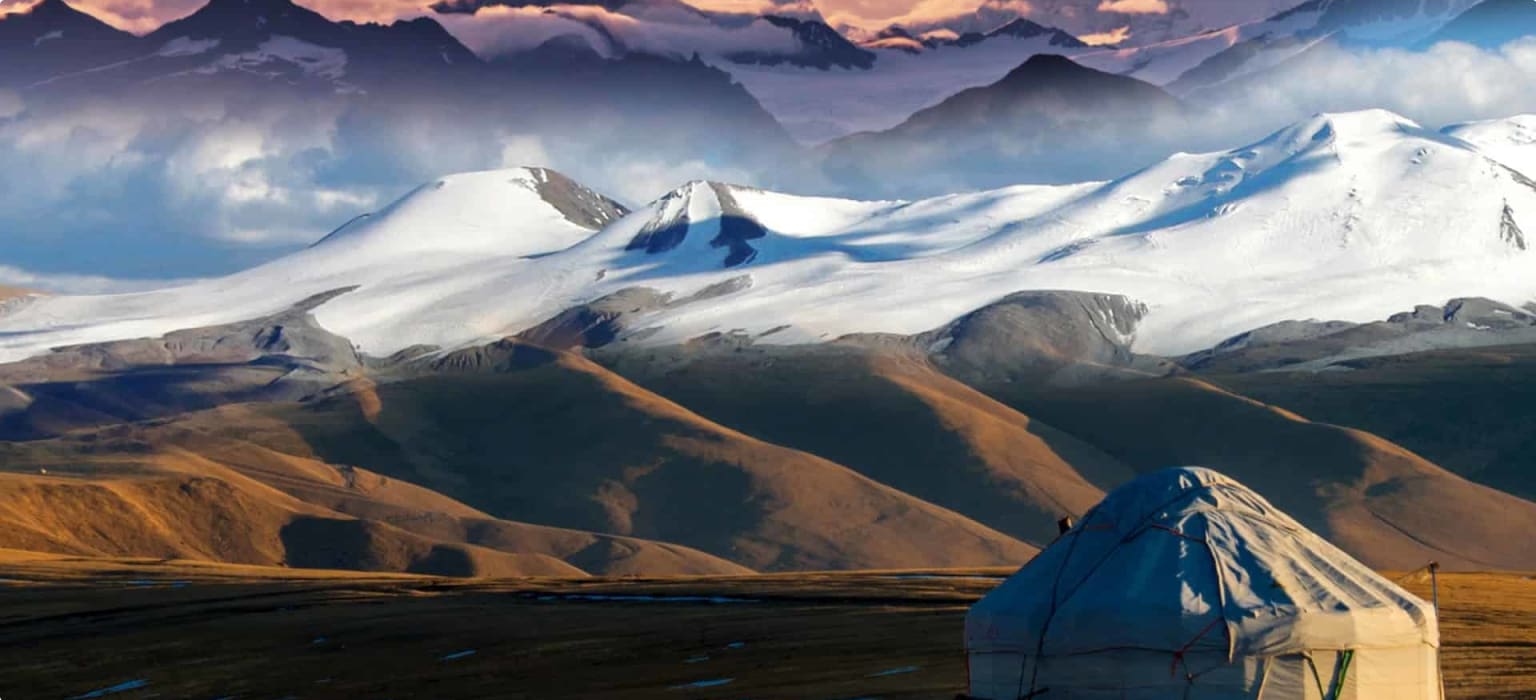
Charyn Canyon
Kazakhstan is dominated by the flat steppe, but 200 kilometres east of Almaty, the Charyn Canyon appears as if out of nowhere. It is a pleasant surprise. Carved by the wind and the Charyn River (also spelled Sharyn River), the canyon is 150 to 300 metres deep and is often compared to the Grand Canyon, carved by the Colorado River.
Charyn Canyon’s colourful rock formations resemble sculptures and buildings, though all are naturally carved by the water. The most famous part of the canyon is called the Valley of Castles, which can be seen in this photo.
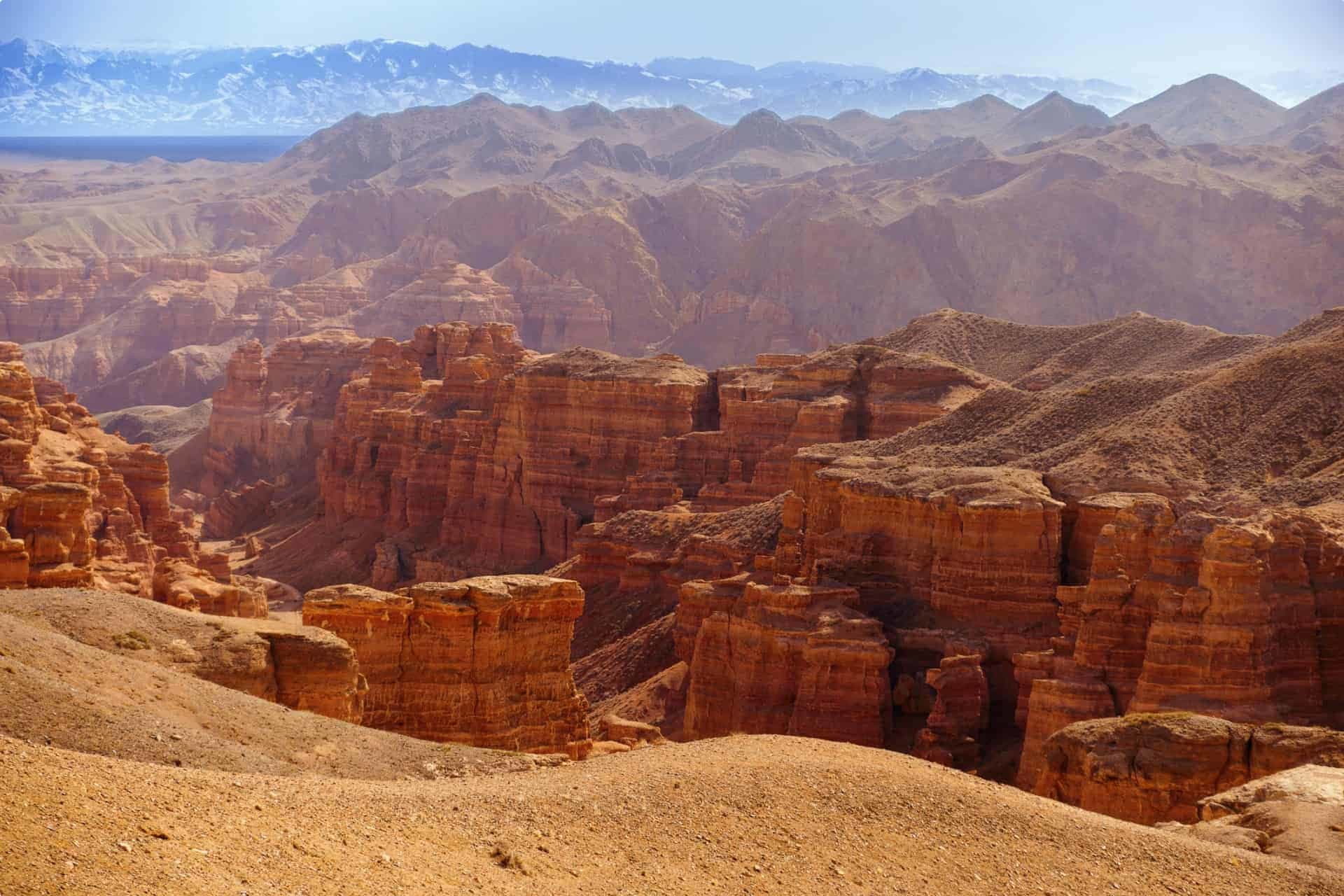
Altyn-Emel National Park
Another natural attraction is the 4,600-kilometre Altyn-Emel National Park. Created in 1996, it is Kazakhstan’s largest natural reserve, comparable to four times the size of Hong Kong. The park is home to the Terekty Petroglyphs, which dates back to the Bronze Age, the stone carvings depicting the hunts, rituals, worship, and animals of the ancient nomads, as well as the Besshatyr burial mounds and the vertical Oshaktas, which were either used as a place to put giant cauldrons to feed Genghis Khan’s army, or a signal tower to warn them against enemy forces.
A popular stop is the sand dune that “sings”, emitting a low rumble like an aircraft engine when the wind blows. A safari destination, Altyn-Emel is a good place to spot wildlife, such as the rare goitred gazelle (zheyran), argali sheep, wild ass (kulan), and Tian Shan brown bear.
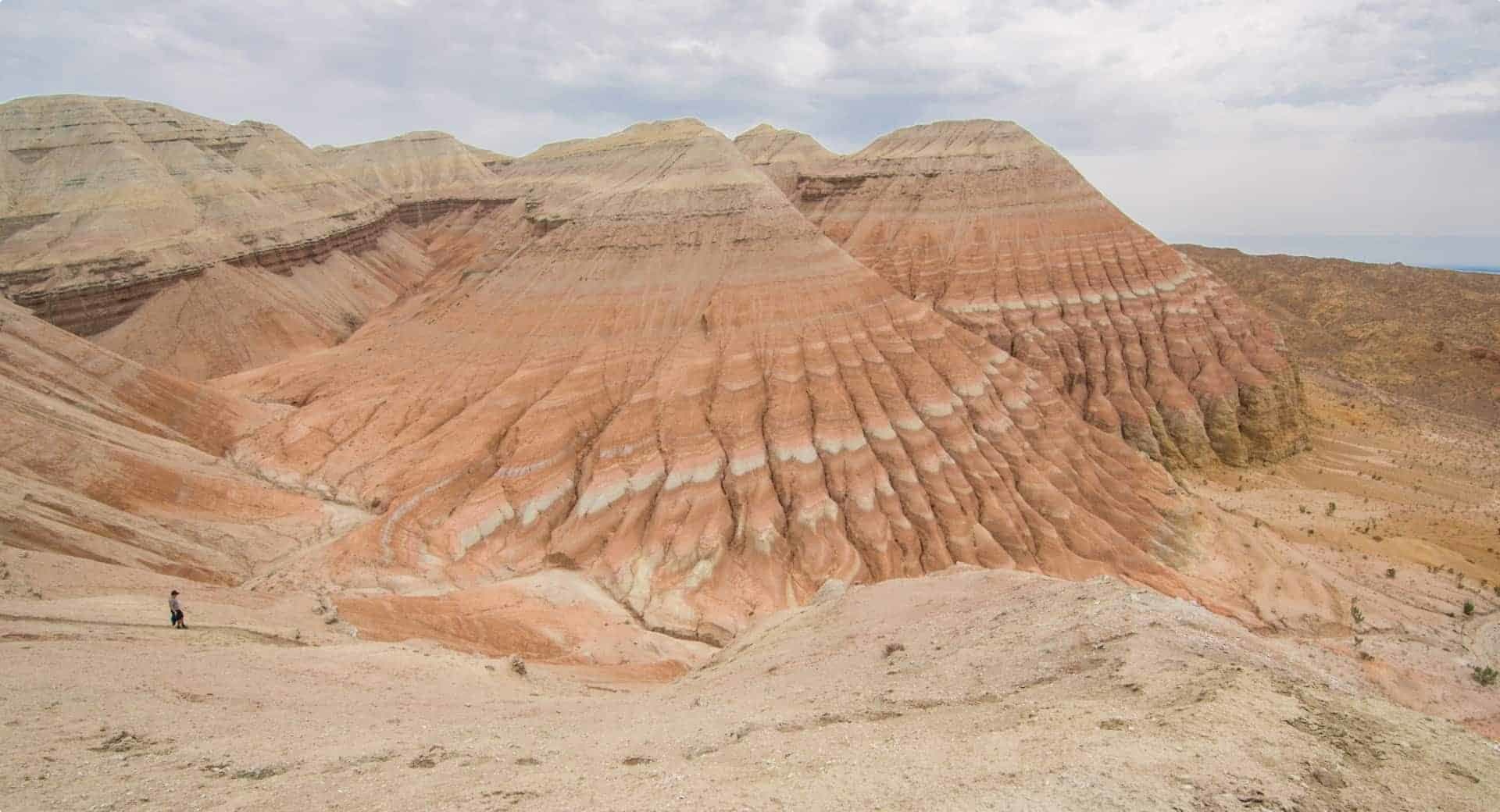
Kolsai Lakes National Park and Lake Kaindy
The Kolsai Lake System is made up of Kazakhstan’s most beautiful water formations, sitting in the midst of mountain ridges and fir trees. The lakes are so crystal-clear that they reflect their surroundings like a mirror.
A unique attraction is Lake Kaindy, sitting at an altitude of 2,000 metres, about 40 kilometres from the Kolsai Lakes. The lake was formed after an earthquake in 1911, the limestone landslide forming a natural dam, the water submerging a forest of spruce trees. The tree trunks poke out of the surface of the water, a dreamlike, otherworldly sight.

Shymbulak Ski Slopes
For visitors keen on skiing, the Shymbulak Ski Slopes are just 25 kilometres outside Almaty. There is a gondola that can convey skiers from the city to the Shymbulak resort, for a travel time of 30 minutes. When Kazakhstan hosted the 2011 Asian Winter Games, Shymbulak was the venue for the Alpine Skiing events. (Kazakhstan also bid for the 2022 Winter Olympics, but lost to Beijing; Shymbulak would have been the venue for that as well.) This means visitors can expect comfortable and modern services, but those new to skiing may think twice as the main slopes are steep and more apt for intermediate and advanced skiers.

Baikonur Cosmodrome
The Baikonur Cosmodrome is the Russian spaceport where the world’s first artificial satellite, Sputnik 1, and the first human in orbit, Yuri Gagarin (aboard Vostok 1), were launched into space. As of 2018, it remains the only launch complex left for flights to the International Space Station. The cosmodrome is in the southern part of Kazakhstan, a land leased to Russia for a yearly rent, and can only be visited by special guided tour.
Back in the City
In Nur-Sultan, travellers can view the Bayterek Tower, which stands 97 metres tall to commemorate the year 1997, which was when the capital of the country was moved from Almaty to Nur-Sultan. The tower is topped by a golden egg symbolising new life, and which also serves as an observation deck offering a view of the city.
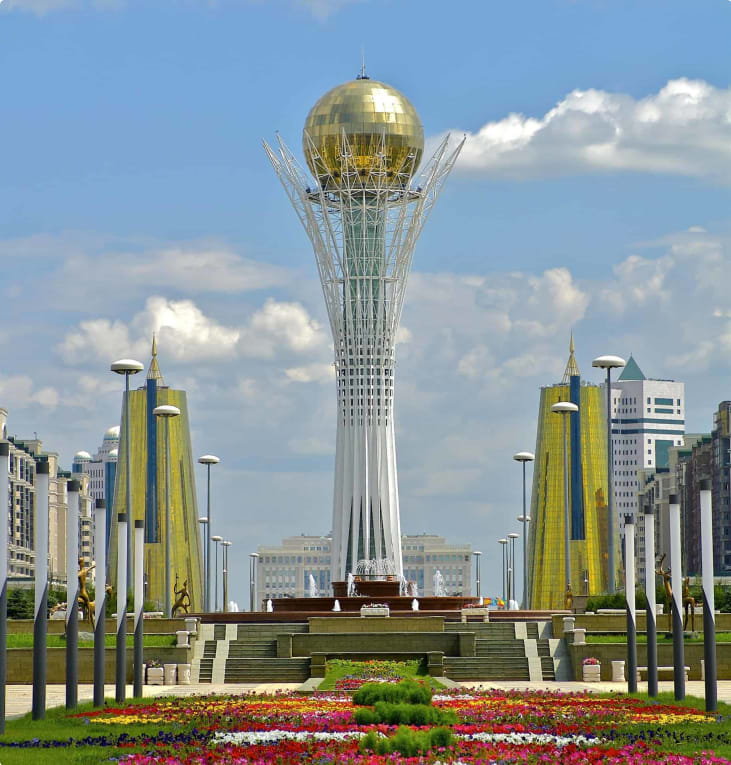
The National Museum of the Republic of Kazakhstan is also in the capital, housed inside an eye-catching building of blue glass and white marble. The biggest museum in Central Asia, it contains permanent collections telling the narrative of Kazakhstan’s history from ancient to contemporary times. Perhaps the most famous is the “Golden Warrior” or the “Golden Man”, a statue of a Scythian warrior wearing a gold-plated uniform and carrying a gold dagger and sword, discovered in 1969 near Almaty. It now serves as a national icon of Kazakhstan.
The Golden Warrior Monument, symbolising Kazakhstan’s independence, is in Almaty’s Independence Square (also called Republic Square). The Golden Warrior and a barys (winged snow leopard) sit on top of 28-metre pillar. Almaty also has the Kazakhstan Museum of Arts housing Kazakh, Russian, and Western European art, and the Kazakh Museum of Folk Musical Instruments showcasing traditional musical instruments from Kazakh culture, as well as instruments of Turkish, Uzbek, and Kyrgyz origins. A traditional Kazakh instrument is the plucked long-necked dombra. The art of playing the two-stringed dombra is inscribed on the Representative List of the Intangible Cultural Heritage of Humanity.
Kazakh Cuisine
A staple of traditional Kazakh cuisine is horse meat, mutton, and dairy products. The national dish is beshbarmak, boiled meat served on top of large pieces of pasta. Beshbarmak means “five fingers” as this is traditionally eaten with one’s hands instead of utensils. Kumis is a popular fermented milk drink made from the milk of a mare or a female horse.
Kazakhs have a strong tea drinking tradition, their tea consumption (primarily black tea) surpassing production as the country is not a major tea producer. This is augmented by importing tea from Sri Lanka and India.
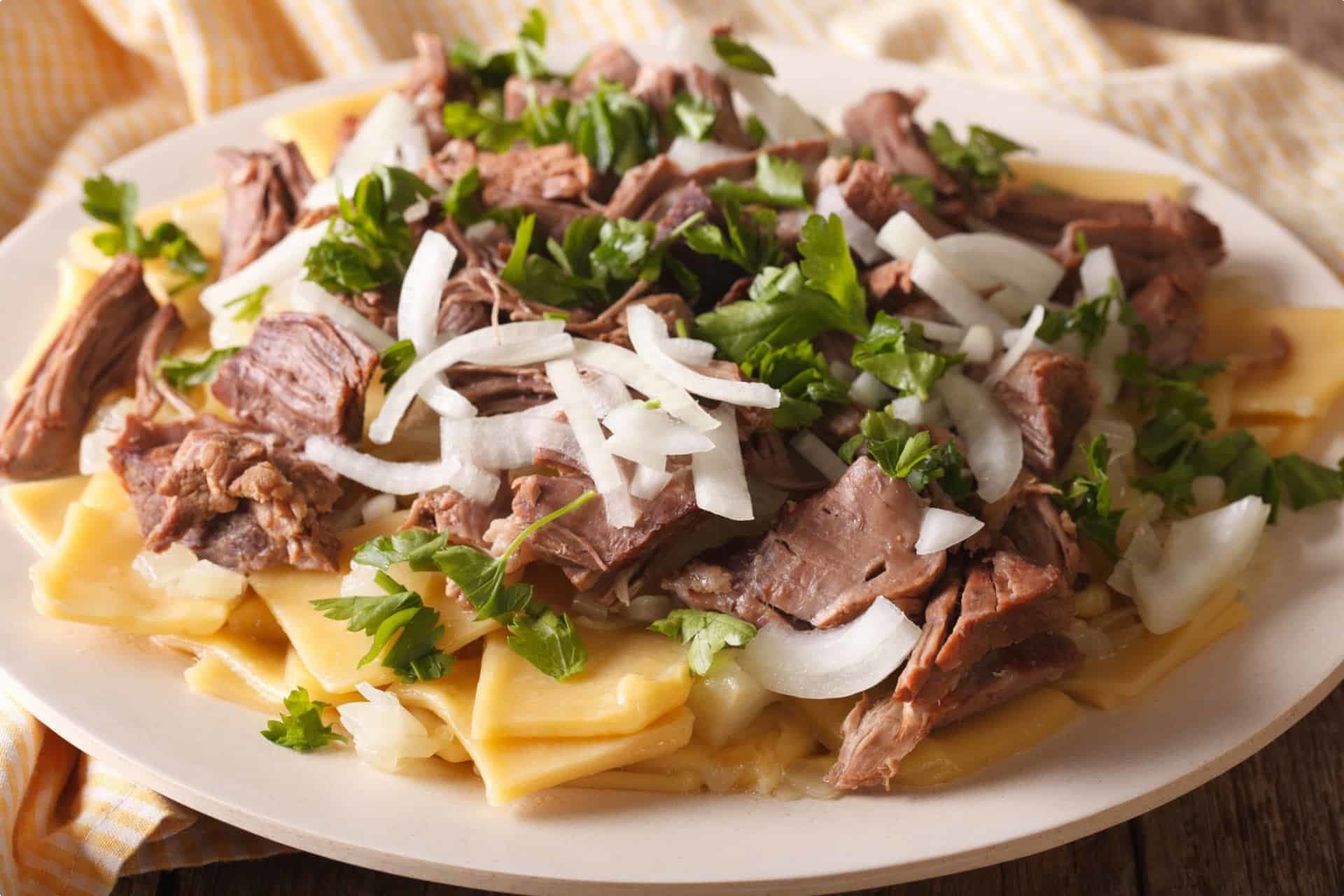
Become an Odyssey Traveller and join the 27-day Uzbekistan, Kazakhstan, Kyrgyzstan, Turkmenistan tour especially designed for the active senior. This Central Asian tour is a small-group educational program visiting places off the regular travel itinerary, combining spectacular scenery and encounters with both ancient and modern history. The group size is limited to 16 participants and promises focused attention and camaraderie. Click through the link to see the itinerary and sign up!
Odyssey Traveller also has a 22-day tour of Kazakhstan. Expect to have your fill of Kazakhstan’s rich history and diverse sights in a small group setting, especially designed for active mature and senior travellers. On this tour, we will spend multiple nights in the glittering cities of Nur-Sultan and Almaty, and explore all the exciting places in between.
About Odyssey Traveller

Odyssey Traveller is committed to charitable activities that support the environment and cultural development of Australian and New Zealand communities. We specialise in educational small group tours for seniors, typically groups between six to 15 people. Odyssey has been offering this style of adventure and educational programs since 1983.
We are also pleased to announce that since 2012, Odyssey has been awarding $10,000 Equity & Merit Cash Scholarships each year. We award scholarships on the basis of academic performance and demonstrated financial need. We award at least one scholarship per year. We’re supported through our educational travel programs, and your participation helps Odyssey achieve its goals.
For more information on Odyssey Traveller and our educational small group tours, visit our website. Alternatively, please call or send an email. We’d love to hear from you!
Related Tours
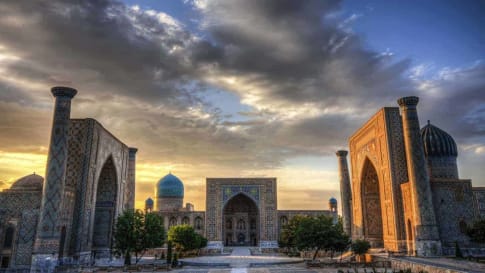
29 days
Aug, May, SepTravel on the Silk Road with Odyssey Traveller | Small Group Tour for Seniors
Visiting China, Kyrgyzstan
The Silk Road is an ancient trade route linking China and Imperial Rome through Central Asia. Few areas in the world remain as unexplored or offer such richness in terms of ancient and modern history, culture, and scenic diversity as Central Asia. Our Small group Silk road tours itinerary explores the Road through remote deserts and mountainous environments as we visit key sites between Xi'an and Bukhara.
From A$19,685 AUD
View Tour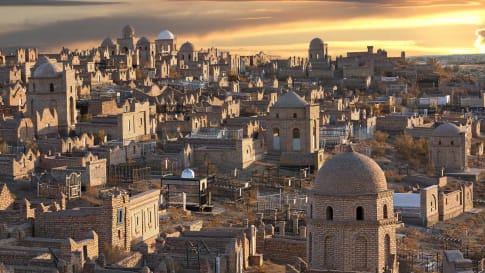
28 days
May, AugThe Stans Small Group Tour: Uzbekistan, Kazakhstan, Kyrgyzstan, and Turkmenistan
Visiting Kazakhstan, Kyrgyzstan
This journey is crafted for the adventurous traveller—whether solo or as a couple—seeking a small group tour through Central Asia. Be prepared for a variety of accommodations, scenic walking excursions, and a few full travel days. The itinerary blends stunning landscapes, a mix of ancient and modern history, as well as authentic encounters with local families and dramatically different ways of life.
From A$17,650 AUD
View Tour